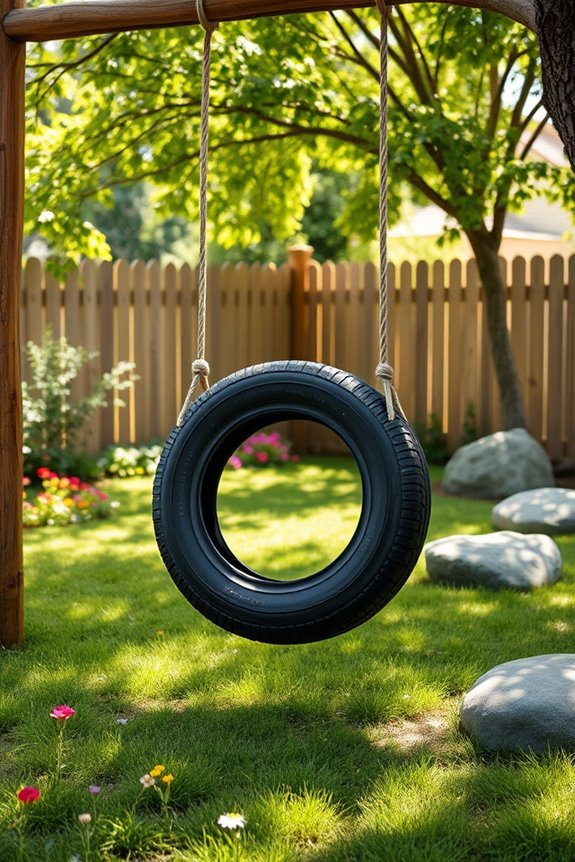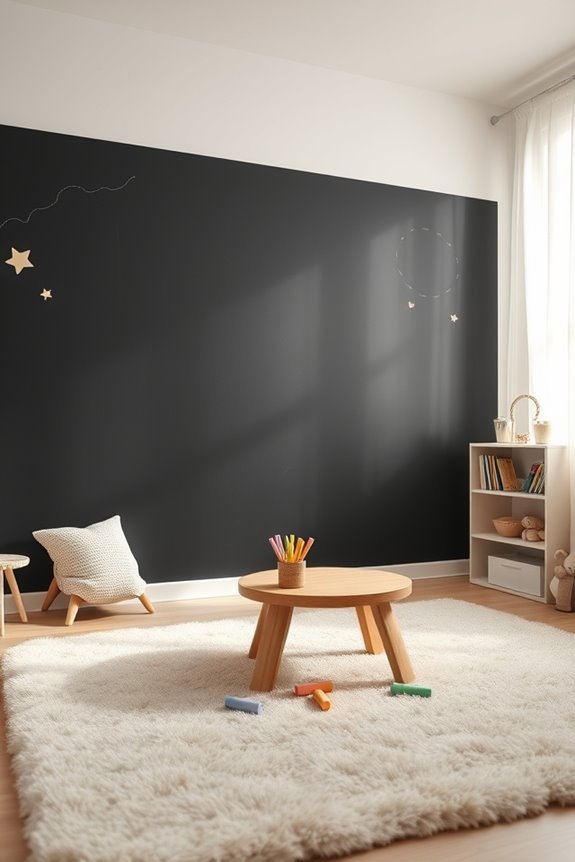How to Plumb in a Washing Machine Drain Hose?
Are you looking to install a washing machine drain hose and don’t know where to start? In this article, we will guide you through the process of plumbing in a washing machine drain hose step by step. Whether you’re enthusiast or beginner, this guide will ensure that you can tackle this job with confidence.

Photo by reddit.com
Importance of Proper Installation
Properly installing a washing machine drain hose is crucial for the efficient functioning of your washing machine. A correctly installed drain hose ensures that the water from your machine is effectively drained out, preventing any potential leaks or flooding. A well-plumbed drain hose helps maintain the overall cleanliness and hygiene of your laundry area.
Tools and Materials Needed for the Installation
Before you begin the installation process, it’s essential to gather all the necessary tools and materials. Here’s a list of items you’ll need:
Washing machine drain hose: Ensure you have a high-quality, durable drain hose that is compatible with your washing machine model.
Pipe wrench: This tool will help you tighten and secure the connections.
Screwdriver: You may need a screwdriver to remove any existing fittings or fixtures.
Plumber’s tape: This tape will help create a watertight seal between the connections.
Pipe cutter: If you need to cut any pipes to create a new drain line, a pipe cutter will come in handy.
Bucket and towels: Keep these nearby to catch any water or spills during the installation process.
Now that you have all the necessary tools and materials, let’s move on to the steps involved in plumbing in a washing machine drain hose.
Steps to Plumb in a Washing Machine Drain Hose
Step 1: Choose the Right Location for Your Drain Pipe
The first step in installing a washing machine drain hose is to select the appropriate location for your drain pipe. Ideally, the drain pipe should be near the washing machine and have easy access. Look for a spot where you can easily connect the drain hose without any obstructions.
Step 2: Prepare the Pipe for Connection
If you don’t have an existing drain pipe, you’ll need to create a new one. Use a pipe cutter to cut the pipe to the desired length. Ensure that the pipe is at a suitable height to allow efficient water flow. Smooth the edges of the cut pipe using sandpaper or a file to prevent any sharp edges that could damage the drain hose.
Step 3: Connect the Drain Hose
Once the drain pipe is ready, it’s time to connect the drain hose. Slide one end of the hose onto the drain pipe and secure it using a hose clamp. Make sure the clamp is tightened properly to prevent any leaks.
Step 4: Secure the Hose to the Washing Machine
Now that the drain hose is connected to the drain pipe, it’s time to secure the other end to the washing machine. Locate the drain outlet on your washing machine and slide the hose onto it. Use a hose clamp to secure the connection tightly.
Step 5: Test for Leaks
Before you start using your washing machine, it’s essential to test the connections for any potential leaks. Run a small amount of water through the machine and observe if there are any drips or leaks. If you notice any leaks, tighten the connections further or replace the hose if necessary.
Common Mistakes to Avoid During the Installation Process
Incorrect hose size: Using the wrong size hose can lead to leaks or inefficient drainage. Ensure that you have the correct hose size for your washing machine and drain pipe.
Improper sealing: Failing to use plumber’s tape or tightening the connections adequately can result in leaks. Always use plumber’s tape and ensure all connections are secure.
Incorrect positioning: Placing the drain hose too high or too low can cause drainage issues. Make sure the hose is positioned correctly to allow smooth water flow.
Neglecting regular maintenance: Once your drain hose is installed, it’s crucial to perform regular maintenance to prevent clogs and ensure optimal performance. Clean the hose regularly and check for any signs of wear or damage.
By avoiding these common mistakes, you can ensure that your washing machine drain hose functions efficiently for years to come.
Tips for Maintaining and Troubleshooting the Drain Hose
To keep your washing machine drain hose in top condition, follow these tips:
- Regularly clean the drain hose to prevent clogs and buildup.
- Check for any signs of wear or damage and replace the hose if necessary.
- Avoid overloading the washing machine to prevent strain on the drain hose.
- If you encounter any drainage issues, check for blockages in the hose or drain pipe and clear them if needed.
By following these maintenance tips, you can extend the lifespan of your drain hose and ensure optimal performance.
Alternative Methods for Draining a Washing Machine
While plumbing in a drain hose is the most common method for draining a washing machine, there are alternative options available. If you don’t have access to a suitable drain pipe, you can consider the following alternatives:
Standpipe installation
A standpipe is a vertical pipe that allows the washing machine to discharge water into a drain. This method is useful when a drain pipe is not readily available.
Sink drain connection
If your laundry area is located near a sink, you can connect the drain hose to the sink’s drain pipe. This option requires additional fittings and may not be suitable for all setups.
Consider these alternatives if the traditional drain hose installation is not feasible for your specific situation.
Professional Help vs. DIY Installation
Deciding whether to hire a professional or tackle the installation yourself depends on your level of comfort and experience with plumbing tasks. If you have prior experience with plumbing or feel confident in your DIY skills, you can save money by installing the drain hose yourself. With the right DIY plumbing solutions, you can tackle the installation efficiently and avoid the cost of hiring a professional.
If you’re unsure about the process or lack the necessary tools, it’s advisable to hire a professional plumber. They will ensure that the installation is done correctly and can handle any unforeseen challenges that may arise.
Frequently Asked Questions About Washing Machine Drain Hoses
How often should I clean my washing machine drain hose?
It’s recommended to clean your drain hose every three to six months to prevent clogs and maintain optimal performance.
Can I extend the length of my drain hose?
While it’s possible to extend the length of your drain hose, it’s essential to follow the manufacturer’s guidelines. Excessively long hoses can lead to drainage issues and increased strain on the washing machine’s pump.
What should I do if my drain hose is leaking?
If you notice any leaks in your drain hose, first check the connections and ensure they are tightened properly. If the leak persists, consider replacing the hose to prevent further damage.
Can I use a regular hose as a washing machine drain hose?
No, it’s not recommended to use a regular hose as a drain hose. Washing machine drain hoses are specifically designed to handle the volume and pressure of the water discharged from a washing machine.
Final Thoughts
Installing a washing machine drain hose may seem like a daunting task, but with the right tools and knowledge, it can be a straightforward process. By following the steps outlined in this guide, you can confidently plumb in your drain hose and enjoy a fully operational washing machine.
Choose the right location for your drain pipe, gather all the necessary tools and materials, and connect the hose securely. Avoid common mistakes, perform regular maintenance, and troubleshoot any issues that may arise.
Whether you decide to tackle the installation yourself or hire a professional, ensuring that your washing machine drain hose is properly installed is essential for optimal performance and peace of mind. Now, go ahead and enjoy the convenience of a well-plumbed washing machine drain hose!





